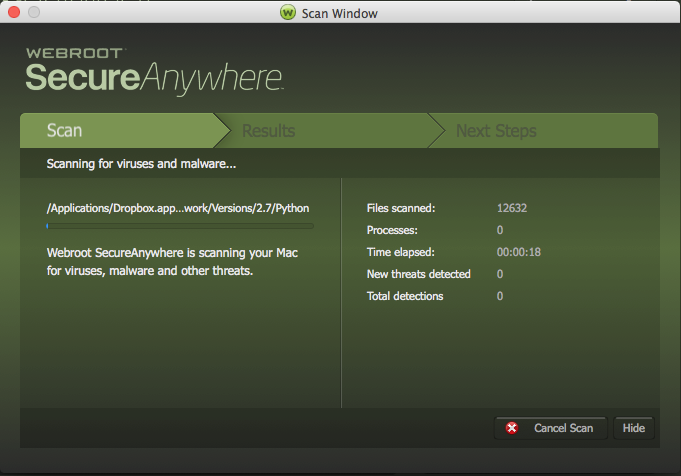In a world full of new malware and various types of cyber threats continuing to pop up on a daily basis, the average consumer has reached a point where a good antivirus security solution is an absolute must; even when dealing with so called “immune” operating systems like Mac OSX. However with so many antivirus products to choose from for the Mac, how is the average consumer supposed to make sound decisions about which product will give them the best protection and the greatest peace of mind?
These days, most consumers in the market for a new product simply jump on Google and look for general product reviews; however with so many mixed results, and an array of product features to choose from and compare, the antivirus playing field can quickly become very confusing and overwhelming. As an alternative, another source of information that consumers turn to for data about antivirus solutions are third party antivirus (AV) testing companies. For years these companies have performed baseline comparative tests on many of the most popular AV products in an effort to test the product’s malware detection and remediation capabilities, as well as looking at how machine performance is affected by the product being installed and run on the user’s machine. In recent years they have also started to do testing for AV products being developed for the Mac OSX platform. The results of these tests are typically published with an overall bottom-line score for each product being tested, which is based on the product’s overall malware/virus detection percentage.
As a result, the average consumer looking at these tests will use some type of previous brand recognition or family/friend influence, in conjunction with the AV testing scores, in order to make a swift decision on the “best” antivirus software for their needs. It is easy for the human psyche to say, “Oh this product scored 100%, so it must be good.” The issue with this type of decision making process is that unfortunately the assumption is made that all AV products are created equal, and that the Mac AV testing platform and testing methodology creates a true simulation of real world execution and installation of the malware being tested. This could not be further from the truth.
In order to test the true efficacy of an antivirus product, AV testing companies should actually be installing the malware and executing the viruses in question, in order to see how the antivirus product handles an actual simulation of an end-user infection. Unfortunately, the reality of the situation is that AV testing companies generally do not use “real world” simulations of malware executions and installs when testing Mac AV products. Instead they perform their tests using a method called “zoo testing,” which involves putting hundreds of malicious file samples into a folder and then putting that folder somewhere on the testing PC before running their test. Often these files do not even reside inside of the full Mac bundles necessary for execution or have even had their executable bit stripped from the binary, in effect making them benign to any system. The issue here is that none of the malware is actually executed or installed on the testing machine, nor does it constitute any kind of real threat to the system. In addition, this type of approach is often easily “gamed” by AV companies that are simply looking to do well on the test.
Without getting too technical, in recent years advancing technologies in the antivirus industry have continued to make leaps and bounds in terms of the detection and remediation methods and backend systems that are being used to detect malicious activity and protect end users from security breaches on their machines. Webroot has been a pioneer in implementing technologies that are forward-thinking, adaptive and have brought our product efficacy to unprecedented levels. Unfortunately, in order to actually be correctly tested on the effectiveness of these newer methods and technologies, it requires AV testing companies to install real infections, rather than a zoo of files that can’t even be executed. AV testing companies have been reluctant to adapt their Mac testing methodologies to changing technologies and approaches. So, what does this say about the validity of AV test scores? Does this approach make AV testing results a useful tool for sound consumer decision making when deciding on a Mac security solution?
AV testing has been a big concern for many companies over the years. We all want our products to perform at a high level and carry a positive market leading reputation. For many AV companies this has been true to the extent that they focus their primary client development efforts towards malware detection for AV tests, rather than real life infections. Isn’t this approach a detriment to the effectiveness of the product for the end-user? Here at Webroot, due to known issues in the AV testing climate, we have shifted priorities in order to drive our efforts and innovation into developing the best security products and customer experience that we can attain. We believe that our excellent standard for real world efficacy, in addition to the many value added features that are built into our products, bring the greatest value to our customer base.






